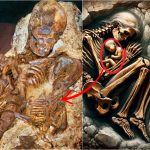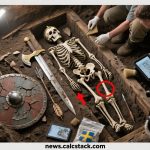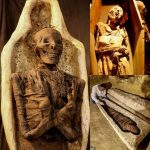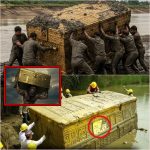The Sozopol “Vampire”: Bound by Iron and Fear
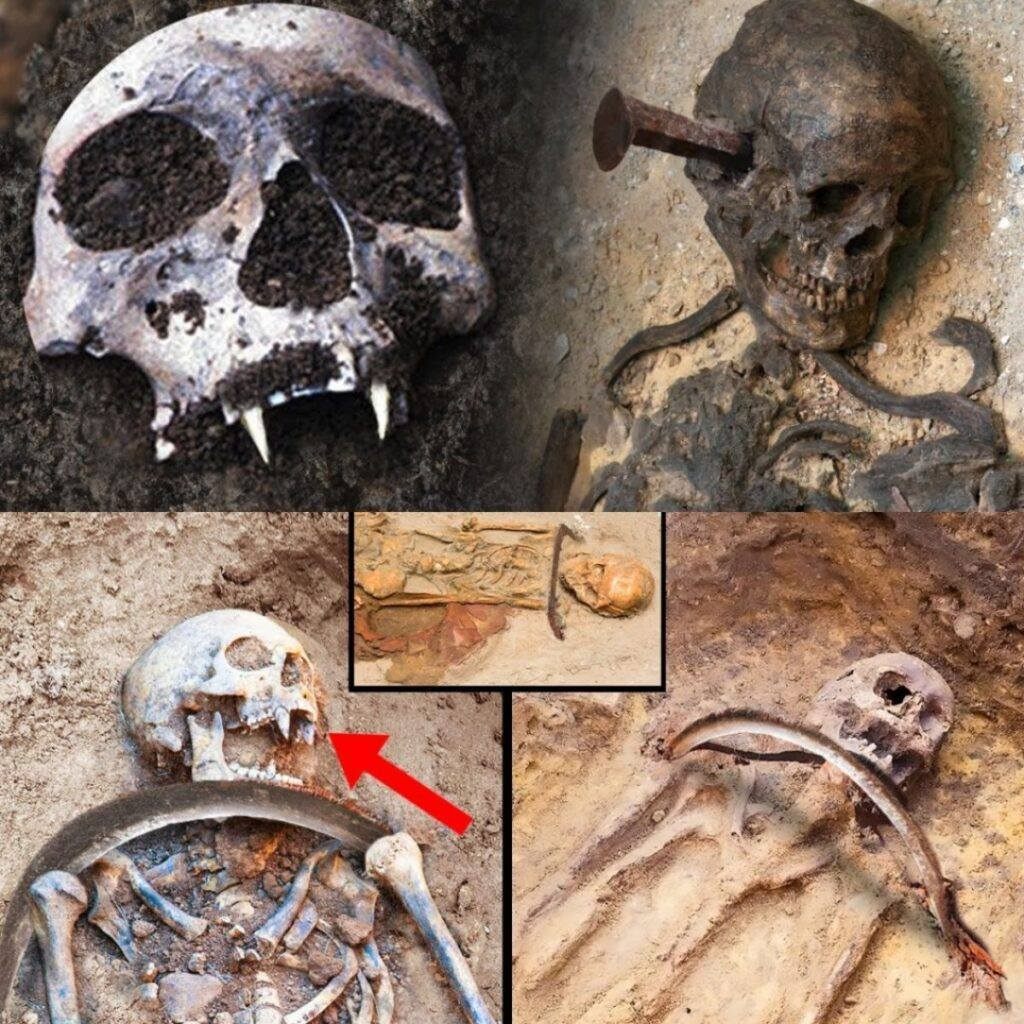
In the Bulgarian town of Sozopol, archaeologists uncovered a discovery that quickly stirred both fascination and unease: a medieval skeleton dubbed the “Sozopol Vampire.” Unlike typical burials of its time, the body was interred with an iron bar driven through its grave and stripped of its teeth. To modern eyes, the find is chilling, but for people of the Middle Ages, such practices reflected deep-rooted fears of the supernatural. The unusual burial reveals not just superstition, but a cultural struggle with mortality, imagination, and the unknown.

An Unearthly Burial
The skeleton, unearthed near Sozopol’s old churches, showed clear evidence of deliberate ritual. The iron bar pinned the corpse, an act meant to prevent the dead from rising. Missing teeth added to the grim narrative, as toothlessness was often linked to otherworldly danger or vampiric legends. For local communities, this was no ordinary man—it was someone whose spirit they believed posed a threat to the living.
These types of burials were not isolated to Bulgaria. Throughout Eastern Europe, similar rituals have been documented: corpses staked, weighed down with stones, or mutilated to prevent them from returning as restless spirits. The Sozopol “Vampire” serves as one of the most striking archaeological examples of how folklore influenced real-life practices.
Myth Intertwined With History

In medieval Europe, fear of the undead was not a matter of fiction—it was a lived reality. Outbreaks of disease, unexplained deaths, or even unusual appearances of the deceased could spark rumors of vampirism. Communities turned to protective rituals, ensuring that those suspected of carrying dark powers would remain confined to the grave.
The Sozopol skeleton bridges the world of myth and history. While modern archaeology views it as a cultural practice rooted in fear and misunderstanding, it also validates centuries of folklore. The vampire legends that later inspired Gothic novels and horror films were, in fact, grounded in rituals carried out by real communities seeking safety from imagined threats.
Why the Discovery Matters
The “Toothless Vampire” offers valuable insight into the psychology of medieval society. It demonstrates how people confronted uncertainty and mortality by turning to symbolic acts. In a time when science could not explain disease or natural disaster, folklore provided answers, however unsettling.
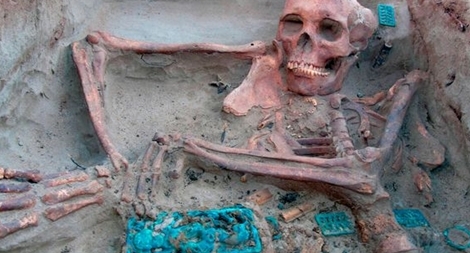
For archaeologists, the find is more than sensational—it is a window into how belief systems shape behavior. The Sozopol burial reminds us that history is not only written in kings and wars but also in the rituals ordinary people performed to keep fear at bay.
Conclusion
The Sozopol “Vampire” is both an archaeological marvel and a cultural enigma. Bound by iron and stripped of teeth, the skeleton embodies a world where myth dictated ritual and fear left its mark in stone and bone. Whether viewed as superstition or survival, the discovery reveals a community’s determination to confine darkness to the grave. It blurs the boundary between folklore and fact, reminding us that humanity’s greatest fears often live not in monsters, but in the imagination of those who sought to defeat them.

